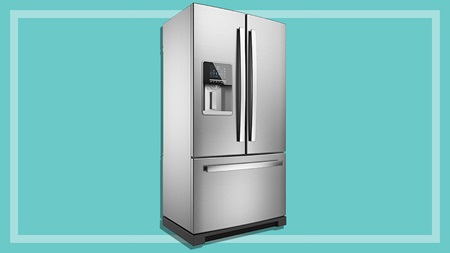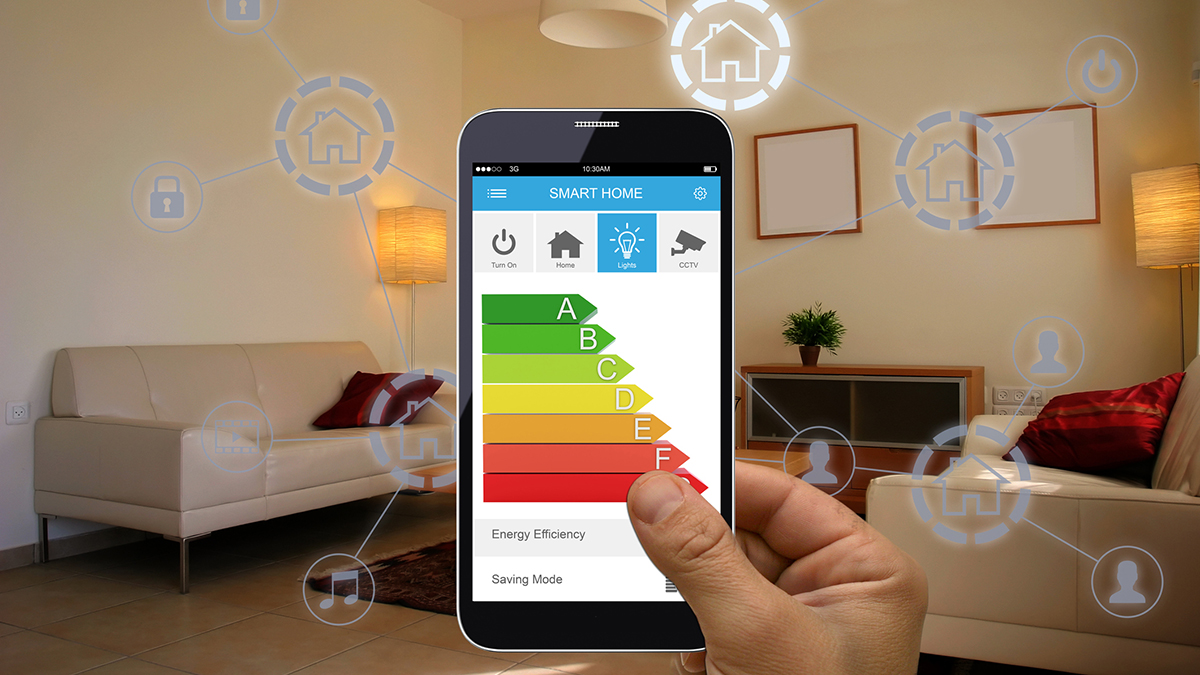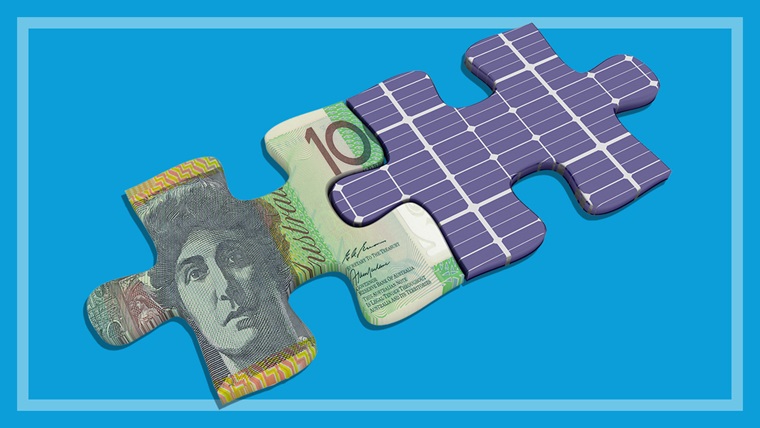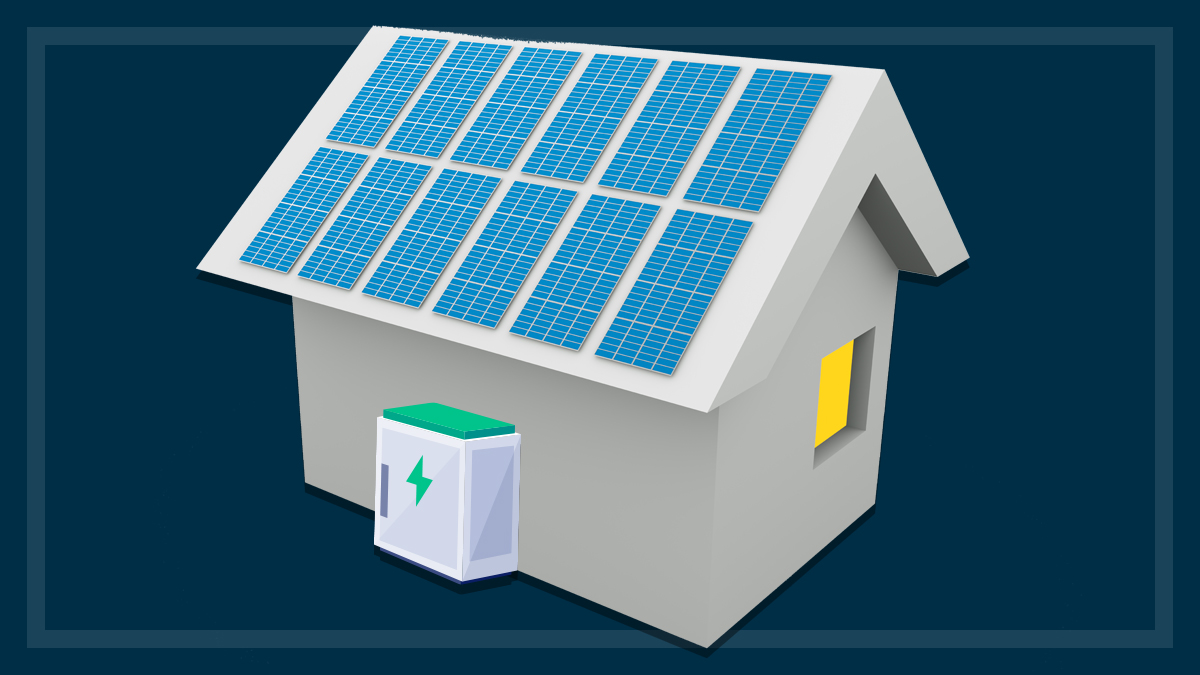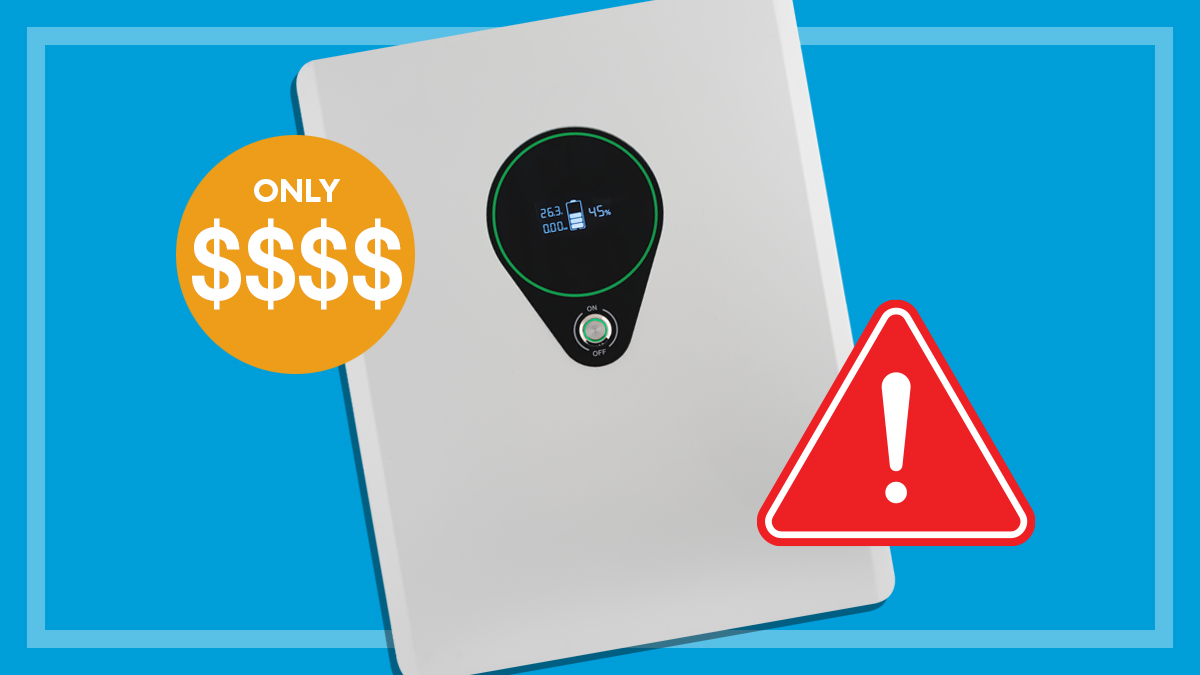Get our independent lab tests, expert reviews and honest advice.
How to avoid power-hungry kitchen appliances
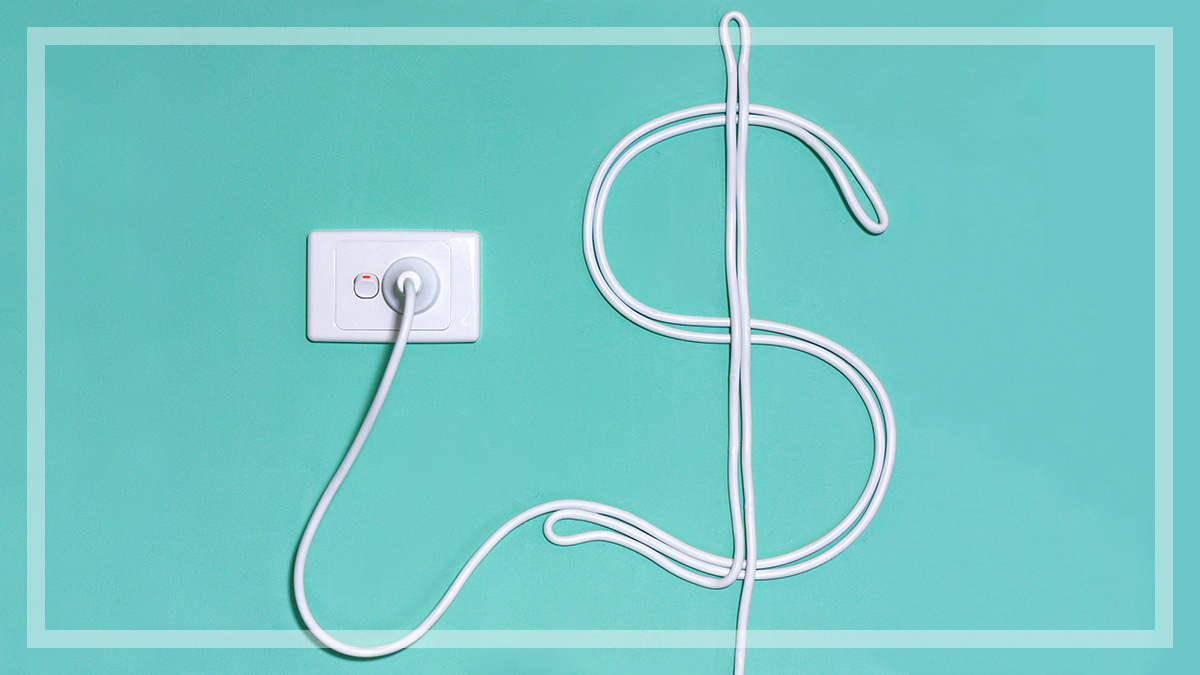
Heating and cooling appliances may be the biggest guzzlers of energy in Australian households, typically accounting for about 40% of your energy usage, but kitchen appliances can also use a surprising amount of energy.
On this page:
The biggest offenders are the kitchen appliances that simply aren’t energy-efficient, and those that are switched on all day, every day.
We crunch the numbers and look at some of the most and least energy-hungry appliances, and CHOICE experts share their advice on saving money and energy in the kitchen.
Fridges and freezers
Because fridges and freezers need to be plugged in and running all the time, they’re the most energy-hungry appliances in your kitchen and account for around eight percent of an average home’s energy use.
But there are ways you can reduce the amount of electricity that your fridge guzzles.
Do you really need a big fridge?
CHOICE whitegoods expert Denis Gallagher says bigger fridges will use more energy because of the larger space they have to cool – so ask yourself whether a huge French-door fridge is really necessary for a household of two.
When we review appliances, we calculate the running costs over 10 years to give you an idea of how much you’ll pay for electricity over the lifetime of the appliance.
We calculate the running costs over 10 years to give you an idea of how much you’ll pay for electricity over the lifetime of the appliance
For fridges, the most energy-hungry model will cost you $2500 over 10 years, while at the other end of the scale you’ll pay just $376. That’s a whopping $2100 difference! But to give you a better idea of running costs, we need to compare apples with apples. So let’s take a look at the energy costs of similarly sized fridges:
Least energy-efficient extra large fridge-freezers
Samsung SRS656MGFH4 (657L)
- RRP: $2500
- 10-year running cost: $2500
Most energy-efficient extra large fridge
This LG model, like the Samsung mentioned above, is part of the extra-large fridge category and is comparable in size to the Samsung. However, it costs much less to buy and less to run over the 10-year period.
LG GF-B505MGL (530L)
- RRP: $2099
- 10-year running cost: $1360
Rethink the second fridge in the garage
In garages across the country, you’ll sometimes find a second fridge, usually reserved for beer or other beverages. It’s handy if you’re short on fridge space in the kitchen, but you pay a premium for the convenience.
“In many cases people will replace their existing fridge and move the old one into the garage to use as the beer or entertaining fridge,” says Denis.
“But these ‘second fridges’ could be around 10 to 15 years old by the time they’re moved into the garage, which means they won’t be as energy-efficient as the latest models. And it will be working extra hard to keep your drinks cool as garages aren’t insulated as well as homes.”
If you can’t give up your second fridge, Denis suggests only plugging it in when you’re entertaining.
“Most of the time they’re only used for big gatherings, so there may be no need to keep it plugged in all year,” he says.
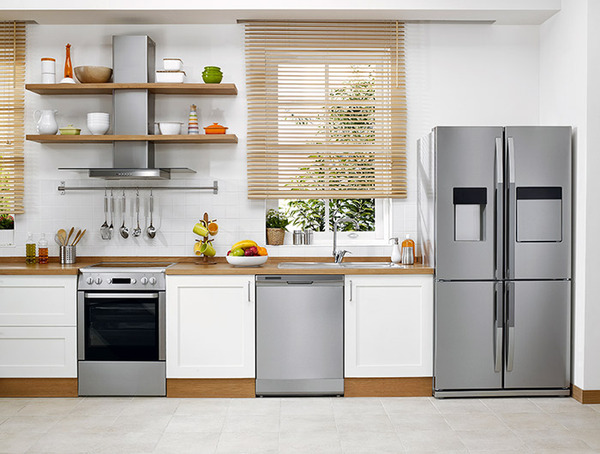
More fridge energy-saving tips
Whichever fridge you buy, there are a few extra things you can do to keep it from using more energy than it needs.
“Ideally, you should set your fridge’s temperature to 3°C and your freezer to -18°C, though this can be difficult to do unless your fridge has a digital display,” says Denis. “Purchasing a thermometer to help you measure can assist and using these settings increases your fridge’s energy efficiency without compromising food safety.”
Limit the number of times you open your fridge door. Whenever cool air escapes, the fridge will use more energy to replace it. “Grab everything you need in one go,” Denis adds.
Don’t overfill the fridge, as the cool air still needs to be able to circulate
It’s also worth checking the seals and replacing any that are faulty or damaged as they can let cool air leak out. And keep your fridge fully stocked.
“A full fridge has a higher thermal mass, which means your compressor won’t cycle as often, leading to a small reduction in energy use,” says Denis.
But don’t overfill the fridge, as the cool air still needs to be able to circulate.
Dishwashers
These labour-saving devices are also more energy- and water-efficient than washing by hand. But not all dishwashers are created equal when it comes to energy efficiency.
Looking at our latest dishwasher reviews, the model with the highest running costs will set you back $2107 over 10 years. The least energy-hungry model will cost you just $605 over 10 years. That’s a difference of more than $1500!
Again, let’s compare apples with apples and look at standard-sized dishwashers to see how much energy you could save by choosing a more energy-efficient model.
Least energy-efficient dishwashers
Haier HDW13V1W1
- RRP: $629
- 10-year running cost: $2102
Most energy-efficient dishwasher
This Asko dishwasher is comparable in size to the model above, but costs more than $1200 less to run over a 10-year period.
Asko DB1343ID.S.AU
- RRP: $1699
- 10-year running cost: $840
Even taking into account the higher retail price of the Asko model you’ll be ahead after 10 years because of the savings you’ll make on the running costs.
More dishwasher energy-saving tips
“Use the eco mode function on your dishwasher,” says Denis. “It will save you energy and if you use a good-quality detergent it should still do a good job of cleaning your dishes.
“And wait until it’s full before you run it – this will save on water, too.”
Ovens
There are multiple factors to take into account when choosing the right oven for your needs.
But if you’re looking at reducing your energy in the kitchen our wall oven reviews show which ones are the most and least expensive to run over 10 years. For this comparison we”ve looked at standard 60cm-wide wall ovens.
Least energy-efficient oven
Miele H2861BP
- RRP: $3499
- 10-year running costs: $559
Most energy-efficient oven
This Haier oven is comparable to the Miele model, but costs $149 less to run over 10 years and it’s more than $2000 cheaper to buy.
Haier HWO60S14EPX
- RRP: $1299
- 10-year running costs: $410
More oven energy-saving tips
CHOICE home economist, Fiona Mair, also suggests baking or roasting on multiple trays to save on time and energy.
“Anything that cooks at roughly the same temperature is ideal,” she says. “Such as a tray of potatoes while your chicken roasts, or cooking one tray of muffins and another of biscuits.”
You can also lower your energy use by minimising the number of times you open the oven door, only preheating your oven when a recipe says to, and replacing any broken seals that let heat escape.
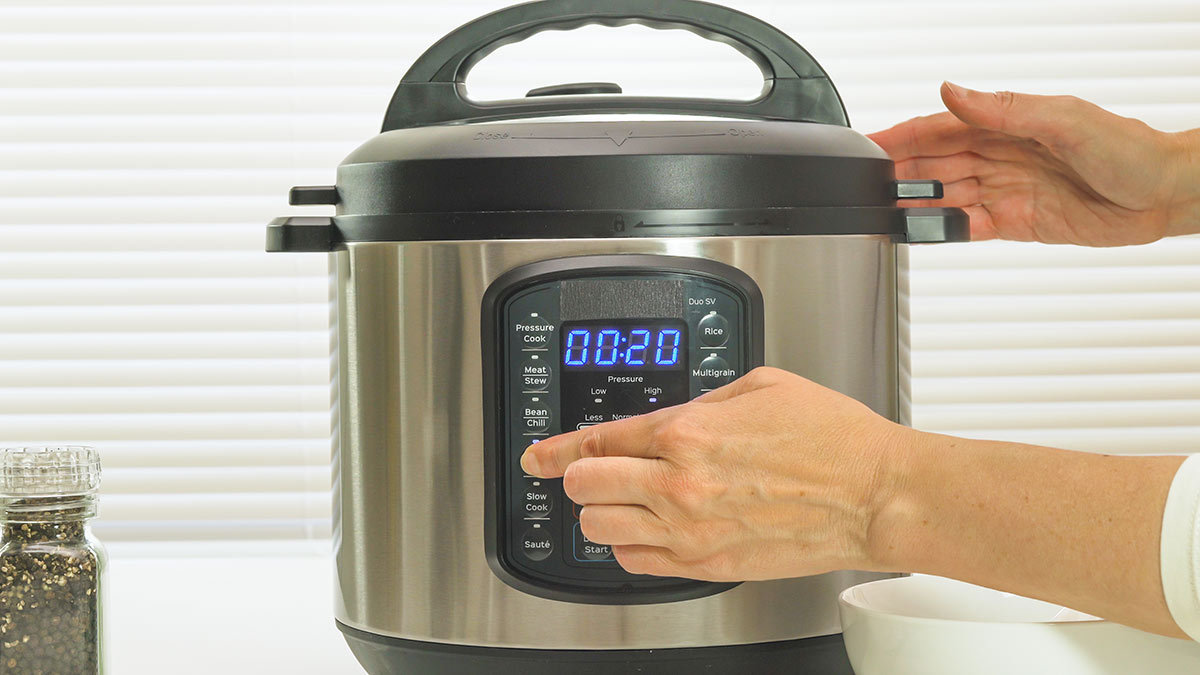
Benchtop kitchen appliances
Kitchen appliances (including ovens and cooktops, but excluding fridges and dishwashers) are responsible for about five percent of your home’s energy use.
Smaller appliances generally use less energy than larger ones. So instead of turning on the oven, consider using slow cookers, microwaves and air fryers instead.
Instead of turning on the oven, consider using slow cookers, microwaves and air fryers
“Slow cookers use very little energy, and air fryers can cook meals in a shorter amount of time, and in most cases, you don’t need to preheat. Avoid using the airfryer if you are cooking more than one batch, use your oven instead,” says Fiona.
Microwaves will cook or reheat food faster than an oven, but there can still be a difference in energy use between models. Looking at just the standard models in our latest microwave reviews, that difference can be as much as $5.32 in yearly running costs.
Other appliance swaps you might consider are using a toaster instead of a grill, or a kettle instead of boiling water on a ceramic/electric cooktop. “Using an induction-compatible kettle to boil water on an induction cooktop has a similar boil time and running costs to an electric kettle,” says Fiona. “And only boil as much water as you need in the kettle.”
Other energy-saving tips
Use a plug-in power meter
You can find out how much energy your kitchen appliances are using by plugging them into a power meter and use that knowledge to either run them when prices are low (if you’re on a flexible pricing plan). Alternatively, it could be the justification you needed to buy a more energy-efficient model.
Standby for switch-off
Many kitchen appliances are only plugged in at the point of use (food processors, blenders, stand mixers etc), so don’t use much if any standby power.
But for others such as kettles, toasters and coffee machines, you may want to switch them off at the power point when they’re not in use. It won’t necessarily lead to huge energy savings, but every little bit helps. Plus, it’s better for the environment.
Of course, it’s not always practical to switch off every kitchen gadget – not having to work out how to reset the clock on your microwave every time it’s switched on is surely a small price to pay.

